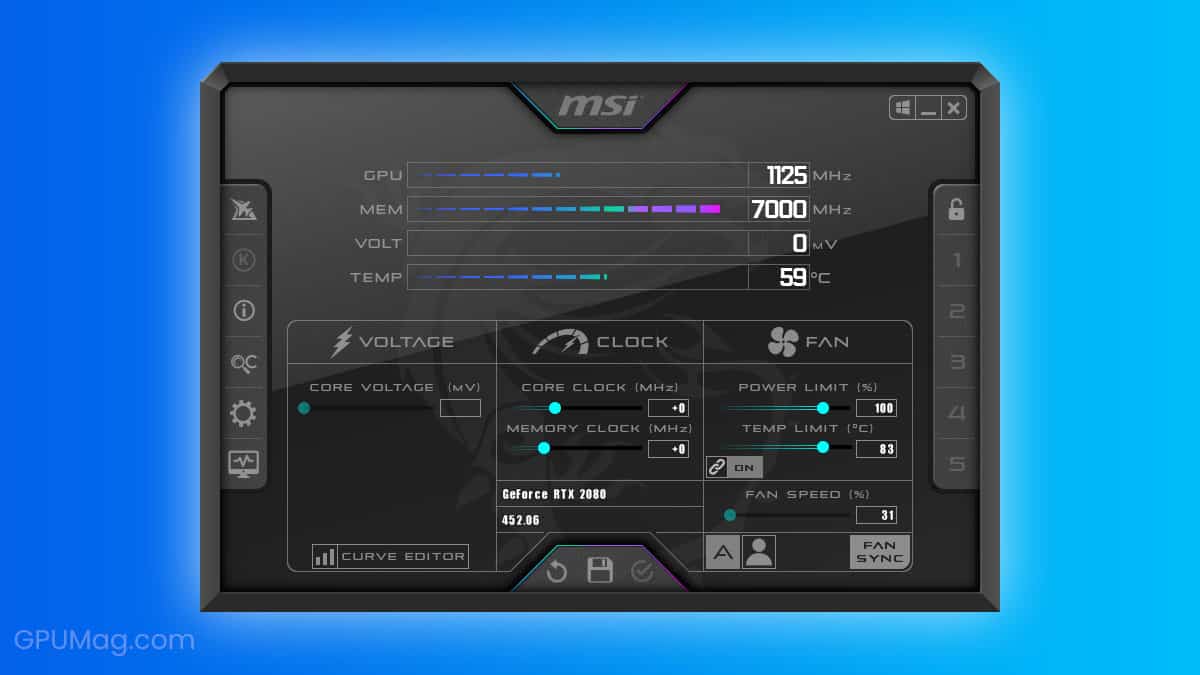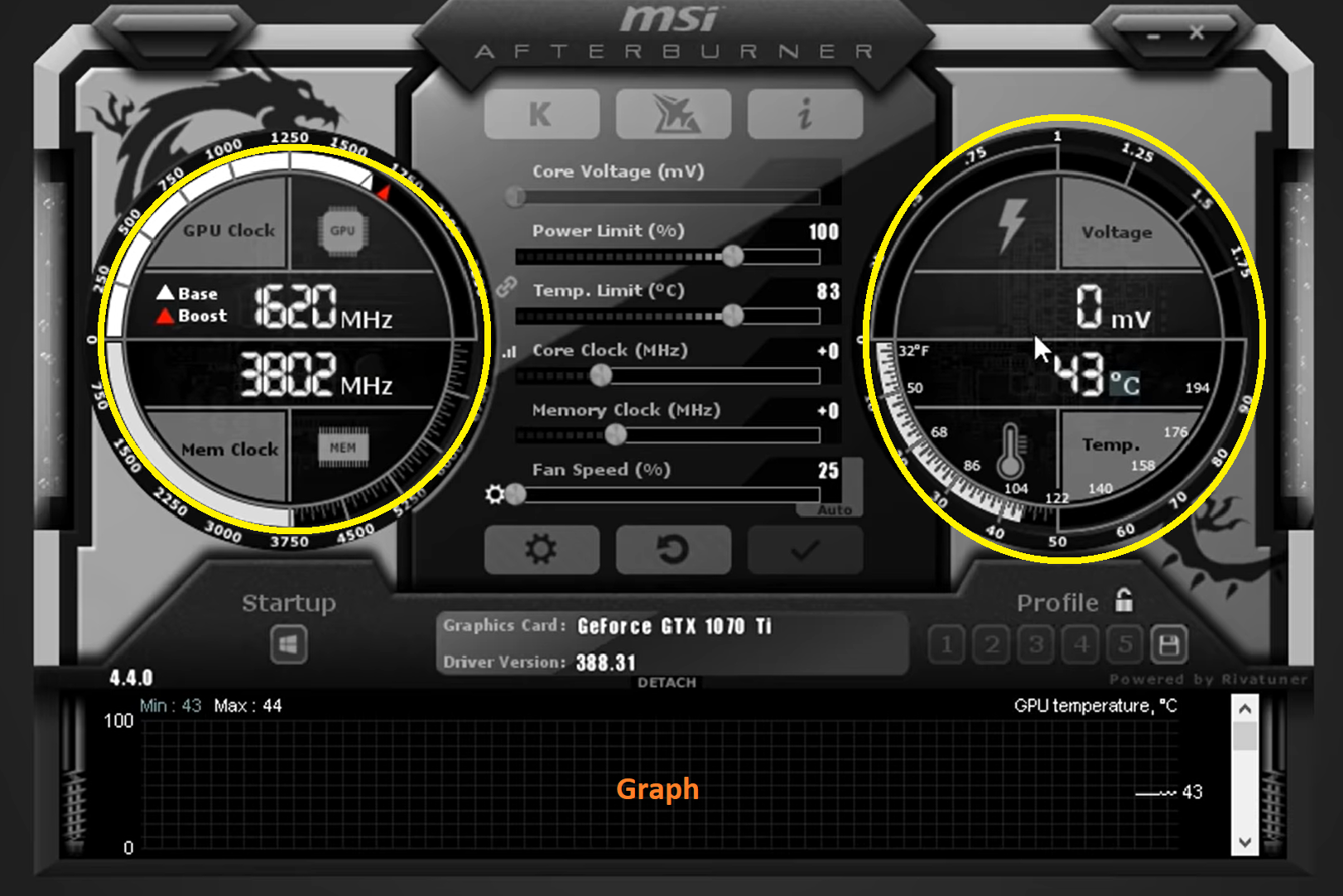

Under Global On-Screen Display on the On-Screen Display tab, there is an option named Toggle On-Screen Display. Step 5: Now that you’ve tinkered with these settings to your heart’s content, the last step is to assign a key to toggle this function On or Off in the game. Scroll down and choose any color for your metrics from the preset choices under Group Color.Īlternatively, you can just change the default colors from the Colors Library at the top. When you click it, a window called On-Screen Display Layout will pop up. Step 4: A button with three dots appears above the Text and graph choice, where you just activated the graphs. Fortunately, this feature allows you to alter the color of each statistic as well as its value. As a result, we’ll have to alter their color. When you look at the graphs in the picture above, you’ll see that they’re not as clear as they should be. Text+Graph is another option for both textual and graphical representations. Simply choose the Graph option from the Show in on-screen display drop-down menu. Step 3: The tool may also display metrics as graphs, which is particularly useful for examining the brief history of a specific metric’s ups and downs. This may be done with as many metrics as you want. To see a metric in games, select it and tick Show on On-Screen Display. You may scroll down to view all of the choices or metrics that are available to display on your screen. Under the Active hardware monitoring graphs, such as the one below, you’ll find a plethora of choices. It’s worth noting that you can modify whatever you want while playing the game. To begin, you must first understand how to show various stats in your game. You’ll find several choices here to assist you in achieving your desired on-screen stats. Step 2: Go to the Monitoring tab in the settings. From here, you can view core clocks, memory clocks, and graphs that indicate GPU temperature, GPU fan speed, GPU utilization, CPU metrics, and memory metrics, among other things. Step 1: To begin, you must first download and install MSI Afterburner. While the MSI Afterburner on-screen display offers a lot of options for customization, this is a quick and easy tutorial to using MSI Afterburner to monitor your components. You’ve probably seen the on-screen stats in YouTube gaming videos, particularly those that compare various graphics cards and CPUs. MSI Afterburner offers a great tool for monitoring the status and performance of your components in real time. MSI Afterburner can be configured to show on-screen display (OSD) messages in the game.

The on screen display not showing msi afterburner is a problem that has been present for a while. This guide will walk you through the process of setting up MSI Afterburner on a Windows PC. MSI Afterburner is a tool that allows you to monitor and control your graphics card’s performance.


 0 kommentar(er)
0 kommentar(er)
